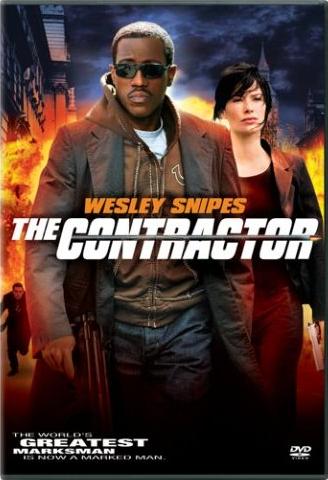A few years ago I made a photoshop file where you could place a 500 mile circle around any part of the US to make a quick reference to see if a manufacturing or extraction location:

Thanks to my colleague Allen Taylor at LS3P ASSOCIATES LTD for sending out a link to a free online "Radius Around Point" tool where you can draw any size ring around any location on the globe. This site is good in that it lets you draw multiple points (perhaps helpful for manufacturers), but otherwise it's limited by the use of a small box, clunky navigation, and no save or print features. It also didn't work well in my browser (Google Chrome), so I thought I'd check to see if there any better options.
A short search yielded a better option in the form of the "no particular title" tool, which has a much larger screen, allows you to zoom with the mousewheel, and is generally easier to use. Unfortunately it also does not have any embedded print or save tools, but this map is big enough and the page uncluttered enough to just print the whole thing using your browser. Even more helpful is that you can pick up the center of the circle and move it without having to start from scratch. Here's a screen grab:

Sugar for your Eyeballs
I should point out that, though having nothing to do whatsoever with the LEED project you're working on, whoever put together the radius map also put together a bunch of other interesting modifications using google maps, including one heatmap showing the density of fast food restaurants in the US.
Potentially practical, but not helpful in it's current form is a driving distance radius map, where from any point it will show the extents of a circle not as the crow flies but as a car drives (right now set only at 30 miles). With some tweaking this could end up helping with SSc4.1, Public Transportation Access documentation. I know google has a 'pedestrian directions' feature, and if I can get the developer to set this in 1/4 mile and 1/2 mile increments it could quickly support your documentation in that credit. If this happens I'll be sure to let you know.
Any other magic map mathematic wizardry I may have missed? Please let us know by sharing a link in the comments!
NOTE - 05.06.09 - Many thanks to the readers who provided links to a number of other 'circle' map websites. Just click on the link below that says something like "6 Comments" to see what else is out there.








